開発
Combining the necessary and the interesting
sascha

Software development is not all fun and games (except game development probably, for which at least the game part is always there, I guess). Instead of always being able to create new applications and services sometimes one also have to bite into the sour apple and do some maintenance task. Those kind of tasks are neither very fun nor is there much to learn from them.
Doing mainly development for the Mac and iOS devices, developing new apps is the most fun part of my days. And which new APIs Apple is going to present to its developer every year at WWDC is quite anticipated. Usually there is always at least one or two great new things that spark some ideas for new Apps or services to be created. This year it went much farther as the amount of new APIs was basically exploding on the audience, topped even more by the announcement of a new programming language: Swift.
But as it happens, in the short time afterthat I saw myself confronted with a couple of task mentioned in the first paragraph.
But being a software engineer/developer/designer (pick whichever description you fancy most) a major trait is to be creative and find solutions to problems – sometimes people try to find problems for solutions, but that’s another story… Having to fetch DNS zone data for purposes that don’t need to be described further at this point became a tedious task through the Amazon Rout 53 web interface as it became more frequent. I decided to combine the necessary (fetching data from r53) with the fun and interesting (diving into Swift) and set out to swiftly (pun intended!) write a small command line application for OS X to help me with that.
Of course the application is not meant to be perfect or to be a showcase example of a Swift programme. It was just fun to get my feet wet with the new language and enjoy all the crashes and other quirks that beta releases of software usually come with.
If you’re interested, you can find the sources on Github. Feedback is always very welcome.
 2025/12/12
2025/12/12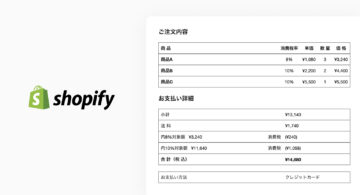 2024/12/06
2024/12/06 2024/09/13
2024/09/13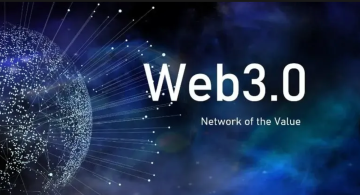 2024/05/17
2024/05/17 2024/05/10
2024/05/10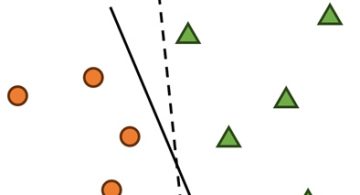 2024/01/05
2024/01/05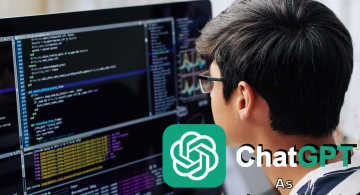 2023/08/18
2023/08/18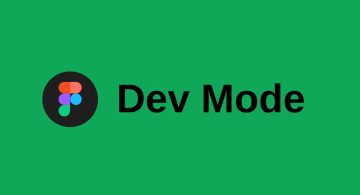 2023/07/14
2023/07/14